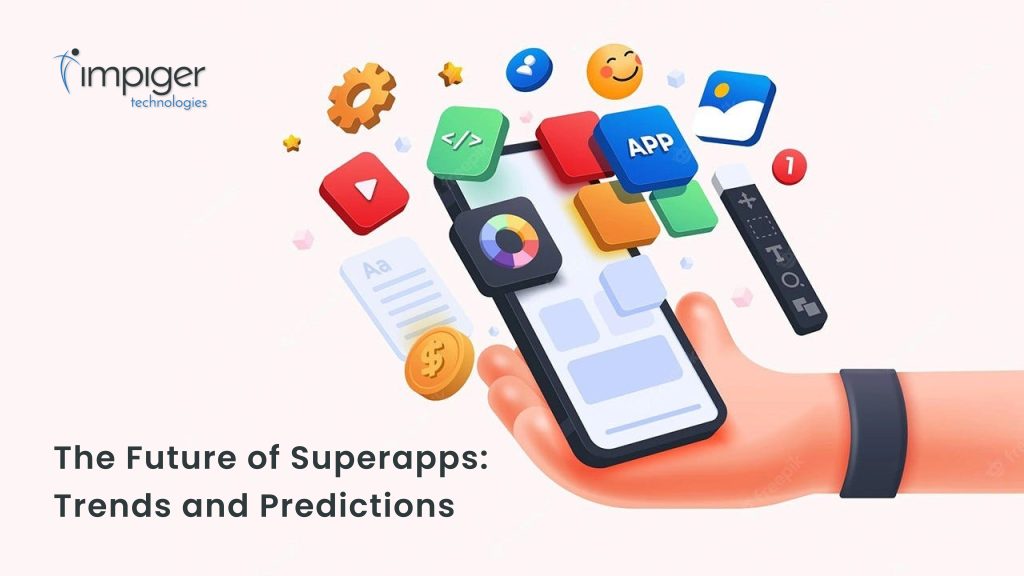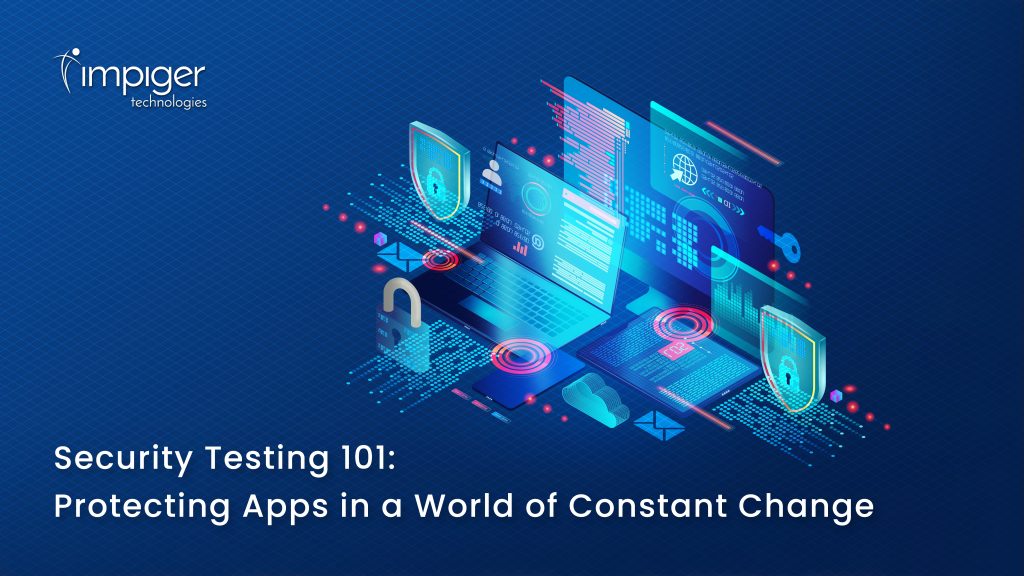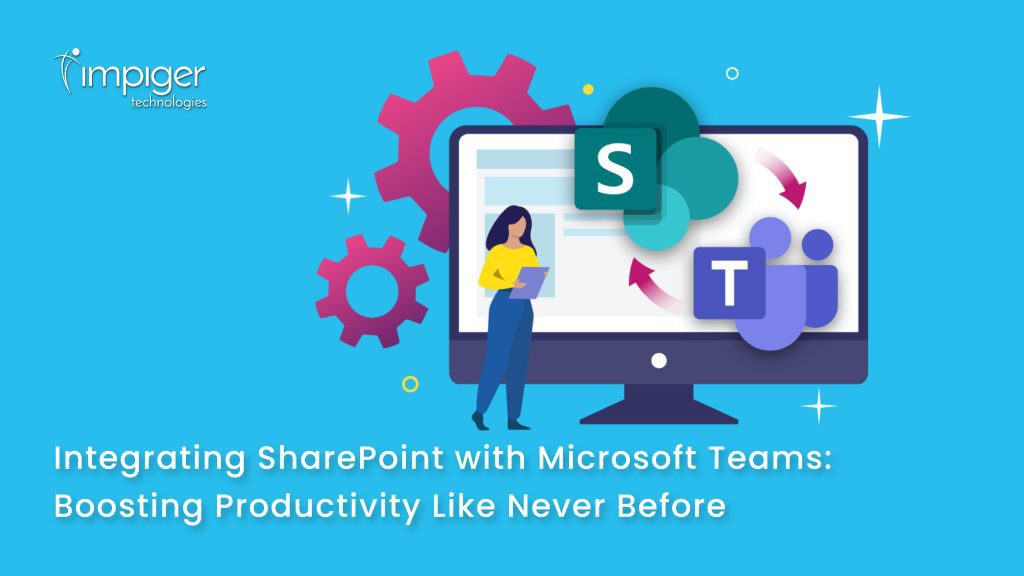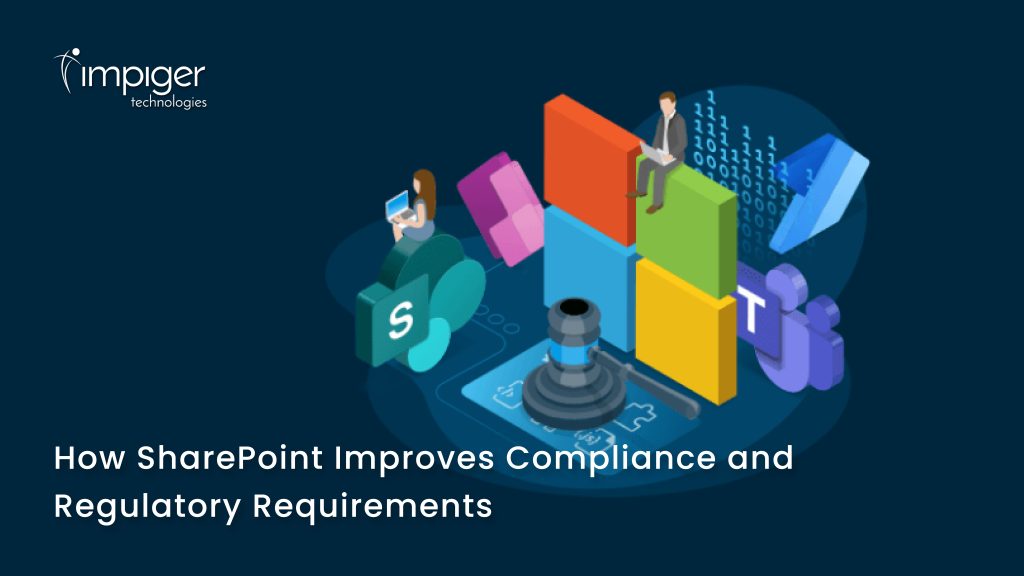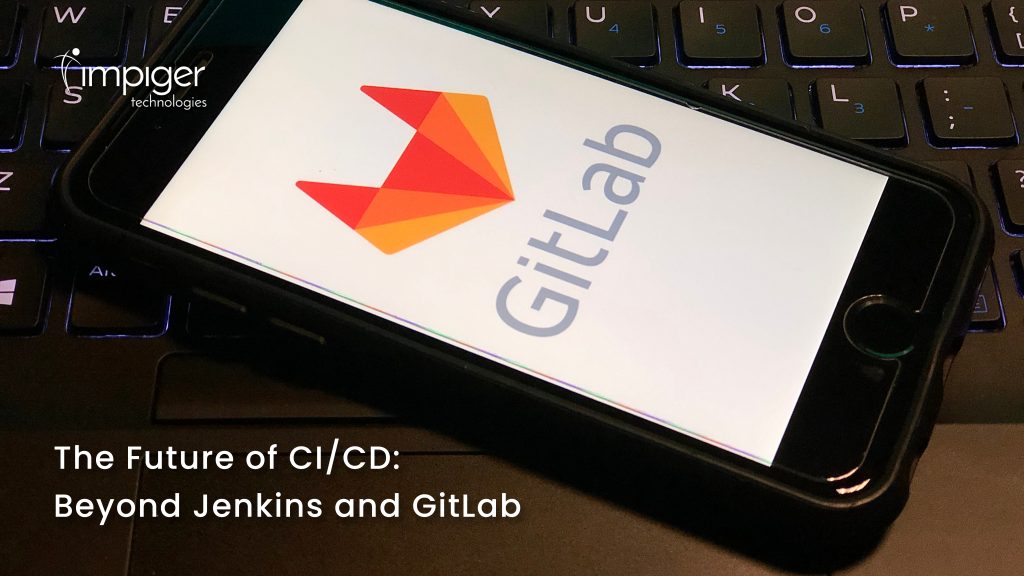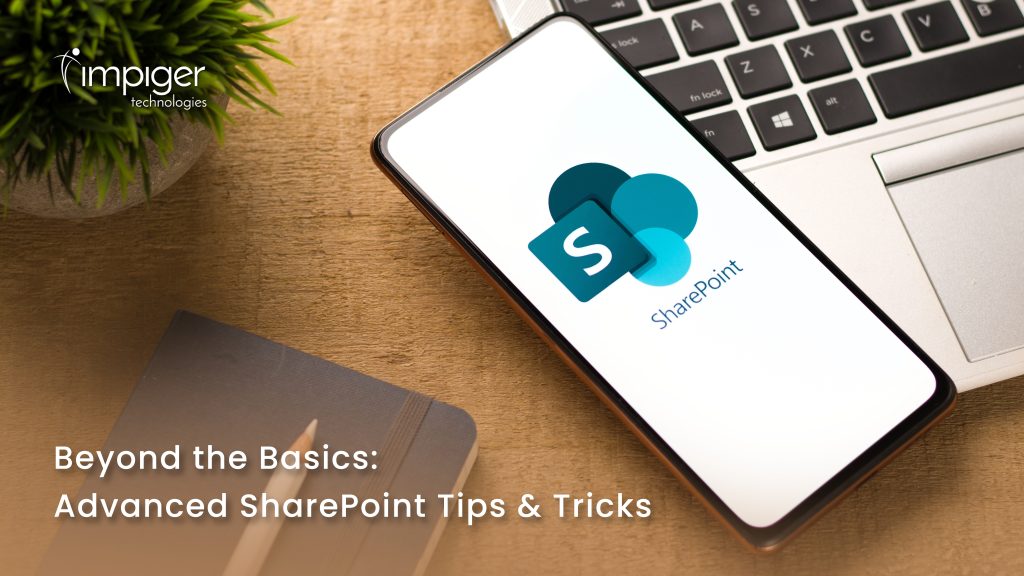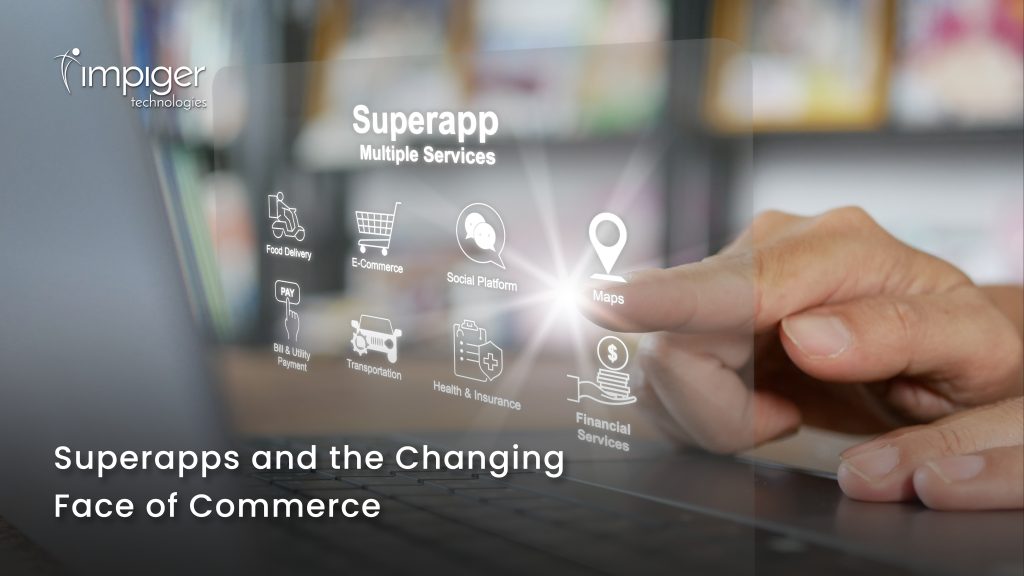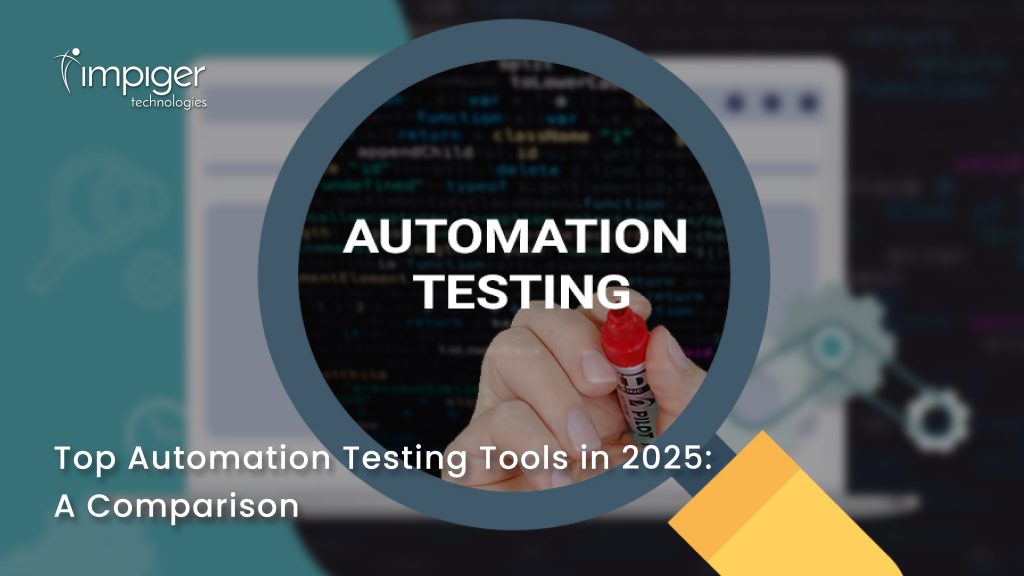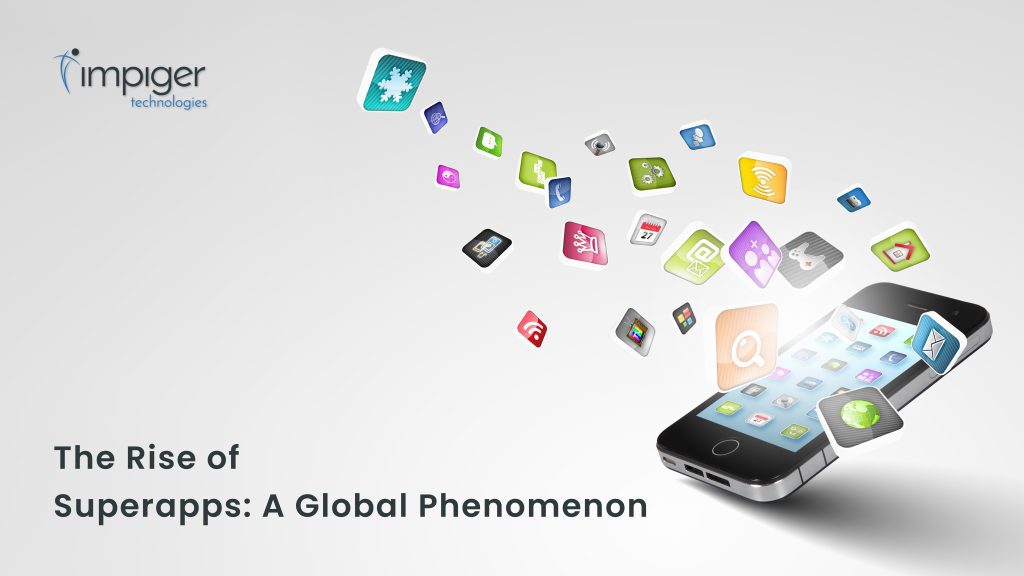Intranets have come a long way from being static, one-way communication tools to becoming dynamic hubs for collaboration, knowledge sharing, and employee engagement. While traditional intranet systems have served their purpose for years, modern organizations are demanding more — more interactivity, more efficiency, and more user-centered experiences. Enter chatbots — the game-changer that is revolutionizing intranet usability.
In this blog, we’ll explore how chatbots are transforming intranet platforms, moving them from static repositories to interactive, personalized digital assistants that empower employees and drive productivity.
The Rise of the Digital Workplace
Gone are the days when employees had to sift through endless documents, search through static knowledge bases, or wait for responses from HR or IT departments. The modern workplace is fast-paced, and employees need quick, accurate information at their fingertips. This is where chatbots come into play.
Chatbots are designed to offer instant, interactive communication, providing users with tailored responses, quick answers, and helpful recommendations. By integrating chatbots into intranet platforms, organizations can streamline workflows, enhance employee experiences, and elevate intranet usability to new heights.
From Static to Interactive: What’s Changing?
1. Seamless Navigation
Traditional intranet systems often feel like digital mazes, where finding the right document, policy, or procedure can take much longer than it should. Employees waste valuable time searching through menus and links, often leading to frustration and inefficiency.
Chatbots simplify this process by offering conversational navigation. Instead of clicking through layers of content, employees can ask the chatbot directly for the information they need. Whether it’s HR policies, IT troubleshooting guides, or company news, chatbots can quickly direct employees to the right page or even provide answers in the conversation itself.
Imagine simply typing, “Where can I find the employee benefits information?” and getting a direct link to the relevant page or a detailed explanation right in the chat. That’s the power of chatbot-driven intranets — making knowledge accessible without the hassle of endless searching.
2. Instant Access to Knowledge
One of the biggest challenges with static intranets is that information can become outdated or hard to find, making it difficult for employees to stay up-to-date. With chatbots integrated into your intranet, employees have instant access to the latest content, even if they don’t know exactly what they’re looking for.
For instance, if an employee needs the latest procedure on how to request vacation time or needs help understanding a new internal tool, the chatbot can quickly pull up the most relevant, up-to-date information. It can also answer specific questions like “How do I file an expense report?” without the employee having to search through multiple documents.
By serving as an intelligent search assistant, chatbots significantly improve intranet usability and reduce the time spent searching for information.
3. Personalized User Experience
Static intranet platforms usually provide a one-size-fits-all approach, where every employee has the same experience and access to the same information. However, this can be inefficient because different roles and departments require different types of information.
Chatbots take intranet personalization to the next level by offering role-based experiences. These bots can tailor their responses based on the user’s position, department, or preferences. For example, an HR manager might ask a chatbot about employee leave policies and receive detailed reports, while a developer might inquire about IT infrastructure guidelines and receive more technical information.
Moreover, chatbots can remember previous interactions, allowing them to provide even more personalized responses over time. This level of customization enhances usability by ensuring that employees get exactly what they need when they need it, improving satisfaction and engagement.
4. Reducing Human Dependency
In large organizations, HR, IT, and other departments often field a constant stream of repetitive queries. Whether it’s resetting a password, applying for time off, or getting updates on company-wide announcements, these tasks can be time-consuming for support staff and frustrating for employees. Chatbots can automate these processes, reducing the dependency on human teams for routine inquiries.
For example, employees can interact with a chatbot to request their IT support ticket status or reset a password without having to submit a formal request. Similarly, a chatbot can automatically notify employees of important updates, such as policy changes or upcoming company events, ensuring that no one misses important information.
Not only does this reduce administrative burden, but it also ensures employees get faster, 24/7 support — perfect for the modern, always-on workforce.
5. Engagement and Employee Experience
A static intranet feels transactional: it’s a place to store documents, post announcements, and disseminate company information. While it serves its purpose, it doesn’t inspire engagement or foster a sense of community.
By integrating chatbots, intranets become more than just information hubs — they become interactive, engaging environments where employees feel heard and supported. For example, a chatbot can check in on employee well-being, offer quick training modules, or even start a fun team quiz to engage employees during breaks. These small, personalized interactions make employees feel more connected to the organization and its culture.
Chatbots can also send reminders about upcoming training sessions, birthdays, or important deadlines, helping employees stay on track and connected to the pulse of the organization.
6. Integration with Other Tools
One of the key advantages of chatbots is their ability to integrate with other enterprise tools and software. Whether it’s Slack, Microsoft Teams, or your project management system, chatbots can seamlessly connect with the tools employees already use to enhance their experience.
For instance, employees can use a chatbot to check on project statuses in a tool like Trello or ask about upcoming meetings in Outlook. By pulling in data from other systems, chatbots ensure that intranet usage extends beyond just document sharing, creating a truly integrated and efficient work environment.
The Future of Chatbots in Intranet Usability
As AI and machine learning continue to evolve, chatbots are becoming smarter, more intuitive, and more capable of understanding natural language. The next generation of chatbots will not only provide answers but also predict what information employees might need before they even ask for it. By analyzing user behavior and previous interactions, these bots can offer proactive recommendations, such as suggesting relevant articles or policies based on the employee’s current projects or queries.
Moreover, with the rise of voice-enabled assistants, future chatbots might even allow employees to interact with the intranet hands-free, making the user experience even more seamless.
Conclusion: Chatbots Are the Future of Intranet Usability
Chatbots have taken intranets from static, impersonal platforms to highly interactive, user-friendly hubs of productivity. By offering instant access to information, personalized experiences, and reducing administrative burdens, chatbots are revolutionizing how employees interact with intranet systems. As AI technology continues to improve, these bots will only become more integrated, intelligent, and efficient, making intranets a central pillar of the modern digital workplace.
Ready to revolutionize your intranet experience? It’s time to integrate chatbots and transform how your employees engage, learn, and collaborate!


